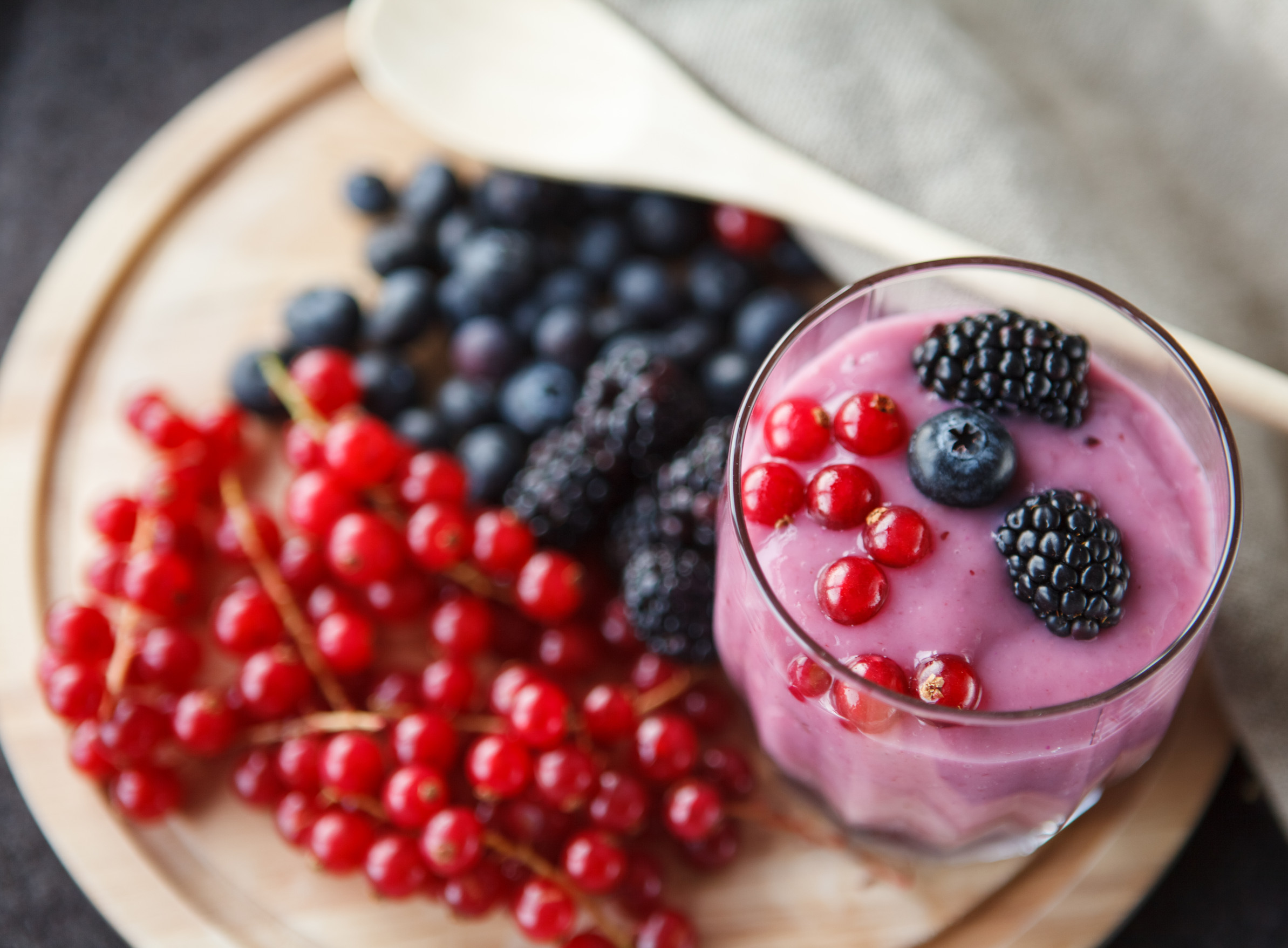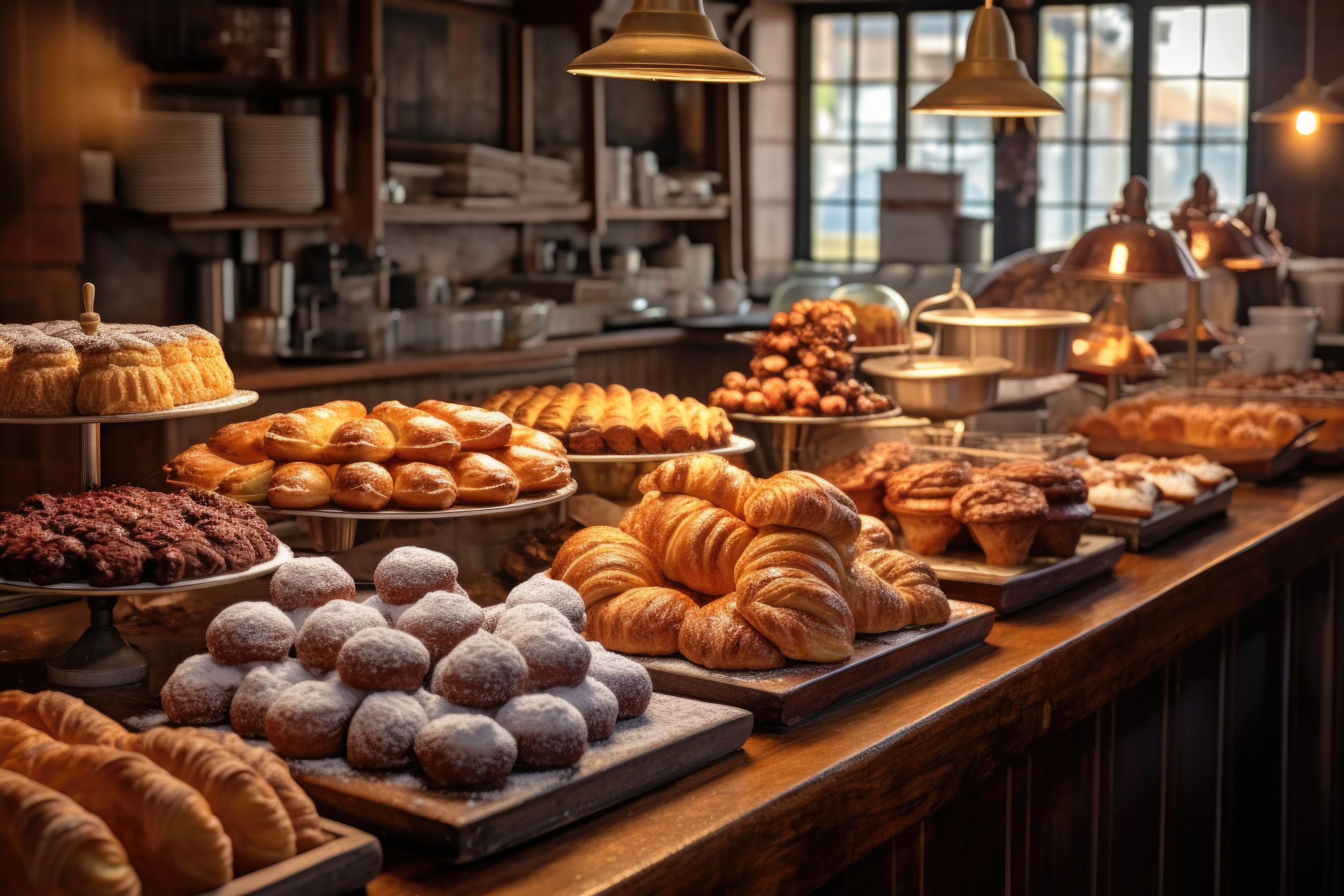There is no shortage of restaurants and cafes flaunting “healthy” menus these days. Smoothie bowls dripping with colorful fruits, wraps boasting lean meats, or plant-based burgers served with a halo of sustainability — these offerings promise guilt-free indulgence. But beneath the marketing lies a hard truth: not every so-called healthy choice is as virtuous as it seems.
Nutritionists constantly warn that some of these popular menus sneak in excessive sugar, salt, and calories, all hidden under the label of wellness. It turns out that eating “healthy” isn’t always as simple as reading a buzzword on a chalkboard.
1. The Sugar-Loaded Smoothie Bar
A vibrant smoothie bar might look like a temple of wellness, but it often masks sugar traps. Many smoothies pack multiple servings of fruit juice, sweetened yogurt, or honey on top of already sugary fruits. This can easily push a single drink to contain more sugar than a can of soda. Even the “green” options sometimes rely on fruit concentrates that spike blood sugar. Nutritionists argue that such sugar spikes, when frequent, can contribute to weight gain and insulin resistance.
2. The Acai Bowl Café
Acai bowls burst with antioxidants and tropical allure, yet they often hide nutritional red flags. Toppings like granola clusters, sweetened coconut flakes, and chocolate drizzle quickly turn a bowl into a dessert. The base puree itself is commonly sweetened with extra fruit juices or syrups to enhance flavor. Combined with portion sizes that dwarf a typical breakfast, these bowls can easily pack 700 to 1,000 calories. For someone watching sugar or calorie intake, that dreamy bowl can derail a day’s worth of mindful eating.
3. The Plant-Based Burger Joint
Plant-based burgers have exploded in popularity, riding the wave of sustainability and meatless eating. Yet, the processed patties behind these burgers are often high in sodium and saturated fat to mimic real meat’s flavor. Paired with refined buns and heavy sauces, the sodium content alone can soar well past daily recommended limits. Nutritionists note that relying on these burgers as everyday fare can still fuel heart health concerns. A veggie burger is not automatically a license to skip reading the nutrition label.
4. The Poke Bowl Spot
Fresh fish, colorful veggies, and rice seem like the makings of a balanced meal, but poke bowls can become sodium bombs. Soy sauce, spicy mayo, and marinated toppings add layers of hidden salt. Many bowls also pile on crispy toppings like tempura flakes that boost fat and calorie content. While poke can be nutritious in moderation, an overstuffed bowl drenched in sauces defeats the purpose. Dietitians often advise customizing poke orders to dodge the salt overload.
5. The Wrap Café
Wraps have long been championed as a healthy swap for hefty sandwiches, but the details can be misleading. Oversized tortillas sometimes contain as many calories as several slices of bread. Fillings like creamy dressings, bacon bits, or fried chicken cutlets pile on fat and sodium. A wrap marketed as “light” can easily top 800 calories without appearing indulgent. Choosing whole grain wraps and lean fillings is essential, yet many menus fail to clarify what’s actually inside.
6. The Low-Fat Bakery
Bakeries promoting “low-fat” muffins, cookies, or scones often appeal to the health-conscious sweet tooth. However, when fat is removed, sugar frequently takes its place to maintain taste and texture. Many low-fat baked goods are also made with refined flours, offering little fiber or nutritional value. As a result, blood sugar can spike and crash, leaving lingering hunger soon after. Nutritionists consistently remind consumers that “low-fat” does not mean low-sugar or low-calorie.
7. The Juice Cleanse Bar
Juice bars push the promise of a quick detox through colorful bottled cleanses. Cold-pressed juices often strip out fiber while delivering a concentrated dose of fructose from fruits and veggies. Without fiber or protein, these juices do little to keep hunger at bay, encouraging overconsumption later in the day. Excessive juice cleanses can also lead to blood sugar swings and nutrient imbalances. Most dietitians caution that eating whole produce trumps drinking it every time.
8. The Gluten-Free Bakery
Gluten-free bakeries cater to dietary restrictions, but gluten-free does not always mean healthy. Many gluten-free breads, pastries, and snacks use refined starches that lack fiber and nutrients. To boost flavor and texture, manufacturers add extra sugar, salt, or fat. A gluten-free brownie can be just as calorically dense as its regular counterpart — sometimes more so. Nutritionists warn that unless medically necessary, gluten-free baked goods can be an unnecessary health trade-off.
A Healthy Menu Isn’t Always Healthy
Restaurants and cafes know how to brand food to appeal to modern health trends, but clever marketing doesn’t change the nutritional facts. A smoothie bowl or plant-based burger can fit into a balanced diet if made thoughtfully — but relying on labels alone can backfire. Nutritionists advise asking questions, checking ingredients, and remembering that whole, minimally processed foods remain the gold standard for health. In a food culture obsessed with shortcuts, critical thinking is the real superfood.
Have any healthy menus left you surprised after reading the fine print? Share your thoughts in the comments — and join the conversation about what eating well truly means today.
Read More
10 Food Labels That Mean Absolutely Nothing—But Still Influence You
12 Foods That Were Found Contaminated in Major Grocery Chains


